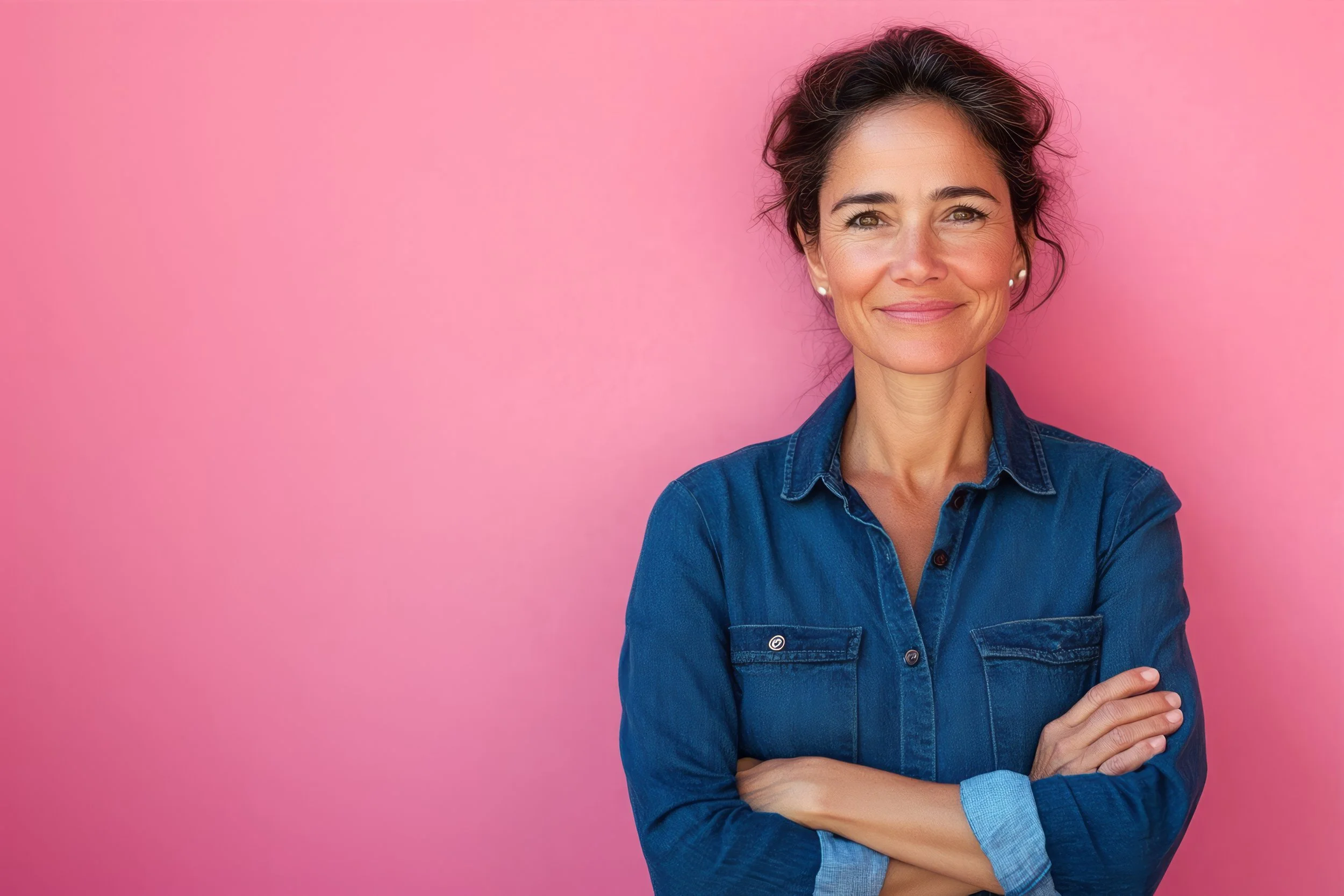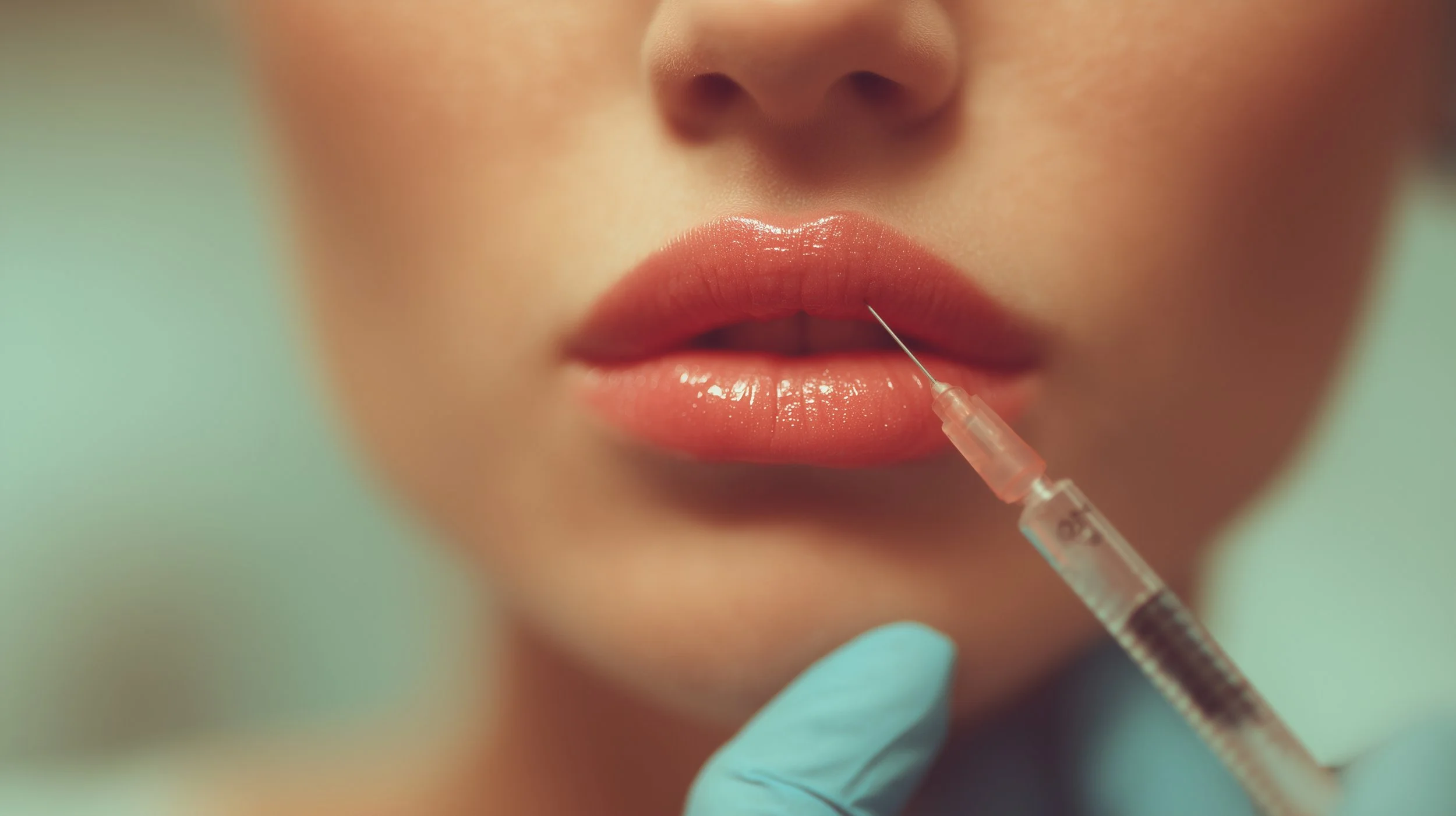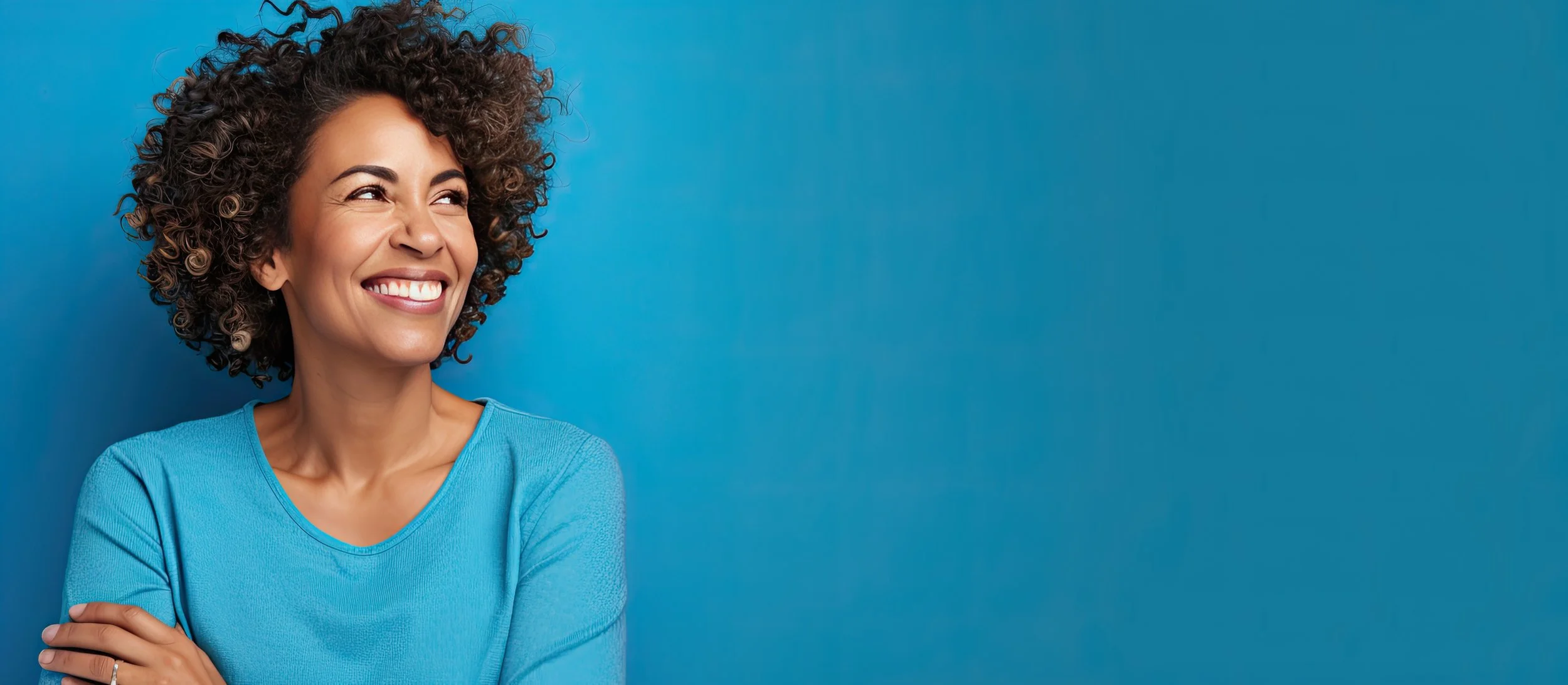How Women Are Redefining Beauty – Embracing Authenticity, Confidence and True Self-Expression
When I talk with women in mid-life and beyond, one theme always rises to the surface: the desire not just to look good, but to feel real, confident and true. In a world that has long prescribed narrowly defined beauty ideals, more of us are now saying: enough. We’re rewriting the rule-book. We’re embracing authentic beauty standards. We’re owning the bald head, the unfiltered selfie, the grey hair and the natural lines. And it feels powerful.
Why the old beauty rules no longer serve us
For decades, beauty ideals demanded youth, symmetry, flawless skin, sculpted bodies and a particular kind of femininity. Yet research shows that such narrow ideals impose psychological burdens. For example, a study on body image perceptions found that societal pressure to conform to appearance ideals continues to impact women’s mental well-being.
Meanwhile, social media has amplified this effect. Platforms encourage what some call the “Instagram face”: plumped lips, high cheekbones, wrinkle-free skin and a look that is often edited or filtered.
But the tide is turning. More women feel liberated from those restrictive standards. One survey found that 72 % of women reported greater confidence in their natural features when they saw more diverse and authentic representation in beauty campaigns.
For women over 40 this shift is especially timely. We’ve accumulated life-experience, perhaps faced hormonal changes, mood swings, weight fluctuations and skin transformations. And beneath all this is the yearning for authenticity: to present ourselves the way we are, not the way “they” say we should be.
How women are embracing authenticity and rejecting filters
Authenticity in beauty means showing up as ourselves, unedited, un-filtered, with our own lines and stories. Here are some of the ways this is playing out:
1. Choosing the bald or shaved look.
Some women decide to cut their hair short or shave it entirely. Whether driven by alopecia, menopause hair thinning or simply by a desire to let go of hair-stress, the bald look has become a bold statement of self-ownership. It says: My beauty is not tied to my hair.
2. Rejecting age-related ideals.
Rather than chasing wrinkle-free “forever-young” skin, more women are celebrating their age-lines, silver strands and mature beauty. The idea that we must erase every sign of ageing is being challenged and with good reason. Self-acceptance of appearance in ageing is linked to higher life satisfaction and mental wellbeing.
3. Refusing filters and air-brush culture.
We’ve all scrolled through images where every pore is gone, every cheekbone emphasised and every shadow erased. But studies show that such manipulated images distort our sense of self-perception and reinforce unrealistic ideals. This is especially relevant for mid-life women who may already be dealing with changing skin, volume loss, or shifting body shape. The movement towards unfiltered, “real life” beauty is a direct counter-to this. Clean Girl Beauty is a minimalist approach. It focuses on real skin that looks fresh, hydrated and cared for, with simple makeup that enhances rather than hides. It supports authentic beauty standards for women because it values health and comfort, not perfection or filters.
Try it
• Prep skin well: gentle cleanse, hydrate, moisturise, SPF
• Use sheer base only where needed, then cream blush and soft brows
• Keep glow real with skincare and a tiny tap of balm highlighter
Seeing more women choose this kind of real life beauty creates a ripple effect in our circles and communities.
4. Cultivating community and representation.
We are not alone. When we see women who look like us, mid-life, menopausal, over 40, stepping into their beauty power, it shifts the narrative. The research shows that representation matters: seeing people of diverse ages, sizes, ethnicities and appearances helps improve confidence and broaden beauty norms.
The psychology of re-defining beauty: identity, confidence and cultural change
This isn’t just about choosing a different mascara or lipstick. It’s about identity, about breaking away from external validation and stepping into internal affirmation.
Identity and self-expression.
Beauty becomes less about “fitting in” and more about owning who I am. Whether that means going bald, embracing natural skin texture or daring to skip the heavy contouring, it’s about aligning our outward appearance with our inner truth. Research supports this shift: women are actively negotiating beauty norms and asserting their right to be valued for their authentic selves rather than conforming to stereotyped ideals.
Confidence through self-ownership
When we choose beauty on our own terms, we take back ownership of how we want to look and feel. That sense of control is transformative, especially in midlife when so many external changes are happening. Confidence grows when our choices reflect our values, our history and our real selves, not someone else’s template.
How change spreads
When more women show up as their real selves, the wider culture starts to shift. What once felt niche becomes normal. What once needed bravery becomes everyday. When one woman is visible in her authentic beauty, others feel able to do the same. Bit by bit, this creates new norms that value range, diversity and age inclusion.
Practical ways to support your own beauty authenticity journey
If you are ready to embrace authenticity in how you present yourself, try these simple steps:
Reflect on your own definition of beauty. Write down what beauty means to you now. Has it changed. Which qualities do you value most, such as kindness, strength, vitality or resilience.
Audit your media feed. Follow people who model authentic beauty and a real life approach. Reduce exposure to heavily edited or filtered images that trigger comparison.
Choose one small visible change. For example post one unfiltered selfie, swap full coverage base for a light tint, or try a single bold lip colour that makes you feel like you. Pick something that aligns with your values.
Build community. Spend time in spaces where real beauty is welcomed, such as supportive forums, social groups or salons that champion authentic beauty standards instead of perfection.
Nurture skin from within. Focus on daily habits that show up on your face. Prioritise protein, colourful plants, omega 3 rich foods and hydration. Support steady energy with balanced meals and a calm evening routine.
Care for your skin barrier. Gentle cleanse, hydrate, moisturise and use SPF. Add a simple serum for your main concern such as pigmentation, redness or fine lines.
Simplify your makeup bag. Keep a small edit of products you love and use. A sheer base, cream blush, brow gel and mascara can enhance features without hiding your skin.
Practise kind self talk. Notice critical thoughts and replace them with a neutral or helpful statement. Over time this builds confidence that lasts longer than any product.
Set phone rules that protect your mood. Unfollow accounts that make you feel less than. Save or pin images that reflect a healthy, realistic idea of beauty.
Celebrate tiny wins. Take a quick photo for yourself when you try something new. Track how you feel in your body and your skin, not just how you look.
Why this matters for midlife women
At mid-life, many of us are doing heavy lifting: careers, families, hormonal shifts, ageing parents, personal reinvention. In the midst of all that, beauty standards that demand youth perfection can feel not just unfair but downright exhausting.
By embracing authenticity, we free ourselves from that burden. We redefine beauty not as youth frozen in time, but as vibrant, lived-in, experienced, and wise. And when we show up confidently as ourselves, we don’t just benefit personally, we inspire other women to do the same. That ripple effect matters.
The beauty landscape is changing. Beauty is shifting because we are choosing truth over performance. Less filter, less pretending, more self acceptance and confidence that comes from care not perfection. Real skin. Silver roots. Soft lines. Scars that tell a story. This is not about giving up. It is about showing up.
I know not everyone will agree. Some feel most themselves with full glam, filters or treatments and that is totally ok. What matters is choice that fits your life, your skin and your values, not a new set of rules. As a nutritional therapist and aesthetician I see this every day. When you nourish your body, sleep well, move with intention and speak to yourself with kindness, your skin reflects it. Health, inner vitality and honest self expression are the roots of outer beauty.
So choose one thing today that feels true. Wear your hair as it naturally is whether curls or straight. Post the unfiltered photo. Keep the routine simple and consistent. Stop apologising for looking real. Take up space. Own your face. When you do, you make it easier for the next woman to do the same. That is how we change what beauty looks like and how it feels.
If this message about real beauty and confidence resonates with you, you’ll love my number 1 best selling book Have a Magnificent Menopause: A Straightforward Guide to Looking Good and Feeling Great.
It’s a practical, evidence-based roadmap to help you understand what’s happening in your body, restore your energy, improve focus and feel confident in your own skin, inside and out. You can order via the link below.
References
Merino, M., Vaimberg, E.P., Trofaier, A.M. et al. 2024. Body perceptions and psychological well-being: a review of the literature. Healthcare 12(7), 766. Available at: https://pmc.ncbi.nlm.nih.gov/articles/PMC11276240/
Tolentino, J. 2019. The age of Instagram face. The New Yorker 12 December. Available at: https://www.newyorker.com/culture/decade-in-review/the-age-of-instagram-face
Mintel. 2021. Diversity and inclusivity in beauty: consumer attitudes. Press release, 21 April. Available at: https://www.mintel.com/press-centre/63-of-americans-are-inspired-by-beauty-brands-that-show-diversity-in-advertising/
Rivera-Ochoa, F.S., Camargo-Lemos, D.M., Mejía-Rojas, M.E. et al. 2022. Relationship between self-perception of ageing and quality of life in women across reproductive ageing stages. Healthcare 10(6), 1128. Available at: https://pmc.ncbi.nlm.nih.gov/articles/PMC9180910/
Ozimek, P., Bierhoff, H-W., Hanke, S. et al. 2023. How photo editing in social media shapes self-perceived attractiveness and self-esteem via self-objectification and physical appearance comparisons. BMC Psychology 11, 99. Available at: https://bmcpsychology.biomedcentral.com/articles/10.1186/s40359-023-01143-0
National Academies of Sciences, Engineering and Medicine. 2022. Changing the conversation around representation in media and entertainment. In: Reducing Racial Inequality in Crime and Justice. Washington DC: National Academies Press. Available at: https://www.ncbi.nlm.nih.gov/books/NBK594351/
McCabe, M., de Waal Malefyt, T. and Fabri, A. 2017. Women, makeup and authenticity: negotiating embodiment and discourses of beauty. Working paper. Available at: https://www.researchgate.net/publication/320429591_Women_makeup_and_authenticity_Negotiating_embodiment_and_discourses_of_beauty






